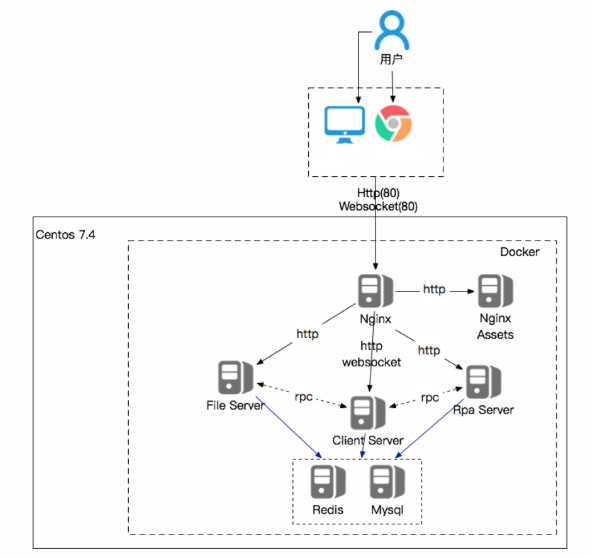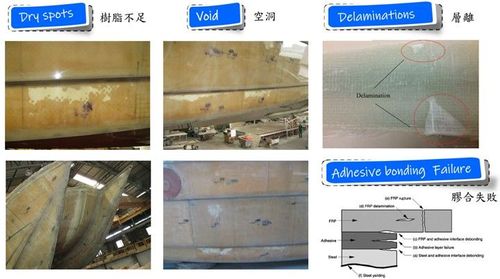【2020 Application Example】 RPA Robots, Accelerating E-commerce Work Efficiency by 15 Times
Labor-intensive, prone to oversights and errors, low shipping efficiency
A domestic hook-and-loop tape traditional manufacturing transformation and brand management company has expanded new markets and business opportunities through the e-commerce platform model. This requires reliance on substantial labor for product listing, order organizing, inventory management, and shipment tracking. This results in limited product varieties and quantities that can be handled, and manual data entry is often prone to oversights or errors, affecting shipping efficiency and customer satisfaction, which is critical for the competitive advantage of the business in e-commerce.
Internally, many operations rely heavily on repetitive tasks across various computer systems, web pages, emails, etc. Currently listed on 15 e-commerce platforms, updating single e-commerce information alone requires 2-3 months (over 200 items), making rapid expansion difficult; limited by manpower, product information is not detailed enough, leading to doubts in e-commerce reviews, affecting orders and subsequent satisfaction. Presently, orders are only confirmed once a day, leading to an information gap of up to 24 hours. Annually, there are over ten thousand orders to process into shipment orders, typically accumulating for 15-30 days before once grouping deductions from inventory, resulting in always inaccurate stock levels.
Streamlined Client Interface, Accelerating Implementation Efficiency
The mentoring team collaborates with Ruijing Engineering Technology to integrate AI and RPA technologies through a web-based architecture. Robotic Process Automation (RPA) applications are not installed on the local desktop but are stored on a server and accessed only when needed by the user.
This technology, known as Thin Client, provides higher performance and security compared to the Thick Client, which requires downloading applications and data to the local desktop. The Thin Client does not require downloads on the local machine.
RPA collaborative service features include: Web Scraping: Complex web data collection and arrangement Email manipulation: Data analysis and disassembly of content and attachments Web operation: Precise and rapid web operations or filling in specific fields Application operation: Timed positioning operations of other window applications Data processing: Data format conversion, decomposition, and reassembly File Exchange Management: Timed file production, add/delete/modify, FTP upload/download Database operation: Heterogeneous database data exchange, read or write to a specific DB Data recognition: Fixed format field data processing; screenshot, snapshot, alphanumeric text parsing and recognition Scheduling: Can be timed, repeated, cross-process all the above processes Alert mechanism: Email, Line Notification etc. designated or broadcast notification

▲Software Robot Technology Solution Execution Architecture
AI software robots enhance the processing speed of orders, inventory management, and purchasing in manufacturing operations, developing automated services to avoid data duplication and input errors, and seamlessly integrating processes across systems operating 24/7. The war room panel facilitates statistical analysis and real-time sales conditions on each e-commerce platform, predicting and optimizing product inventory.

▲Direct Purchase Order Process Automation Robot

▲E-commerce Information War Room Statistical Analysis Dashboard
Software Zero Errors, Reducing Costs by 15% to 90%
面對快速變化又競爭激烈的市場環境,更需要減少重複性、低產值的工作,將人力運用在更高價值的工作上。
Facing a rapidly changing and highly competitive market environment, it is essential to reduce repetitive, low-value tasks, focusing manpower on higher-value work. RPA software robots are 15 times more efficient than indirect staff, also enhancing process quality to near-zero error rate execution quality, offering opportunities to reduce costs by 15% to 90%. Since it doesn't require significant changes to existing workflows, businesses generally do not need to spend substantial manpower on retraining or adapting to new workflows, which contributes to a higher acceptance rate among businesses. Even in software deployment, it only takes about 4-5 weeks to go live.
「Translated content is generated by ChatGPT and is for reference only. Translation date:2024-05-19」


